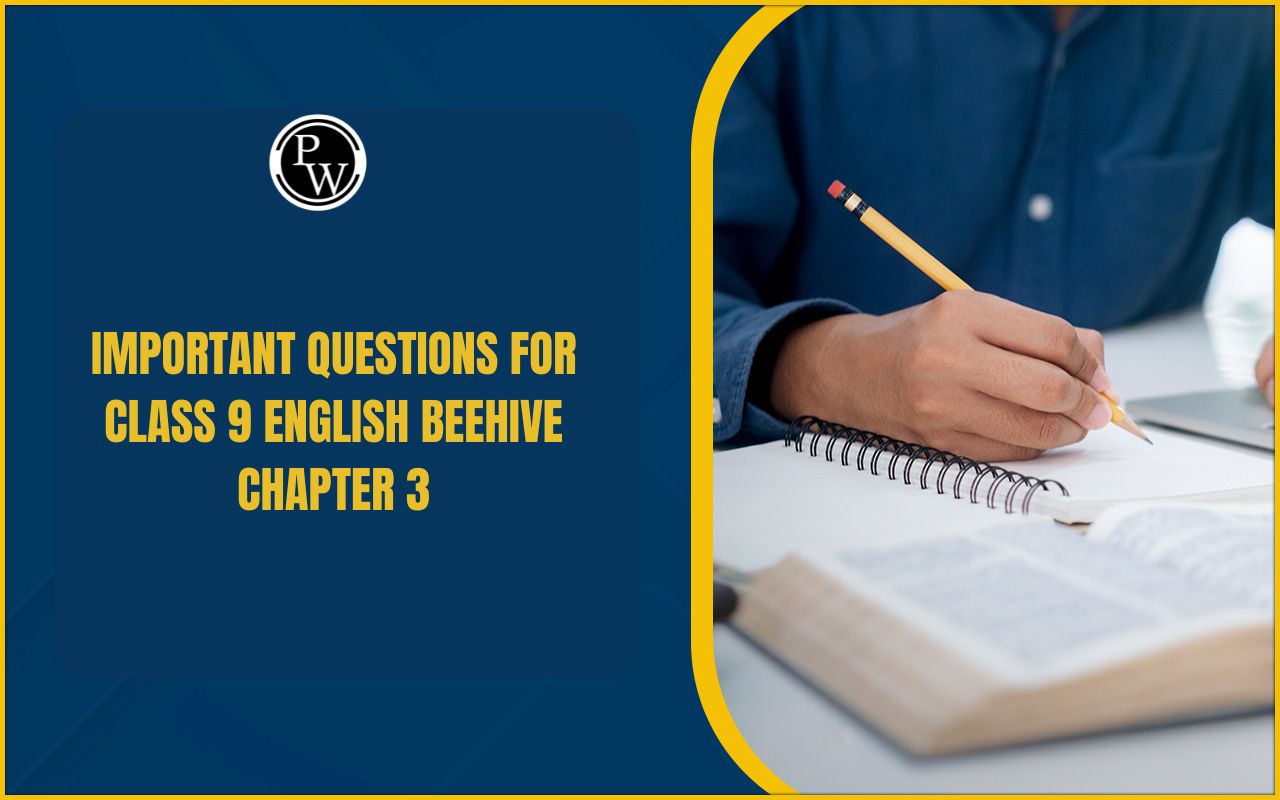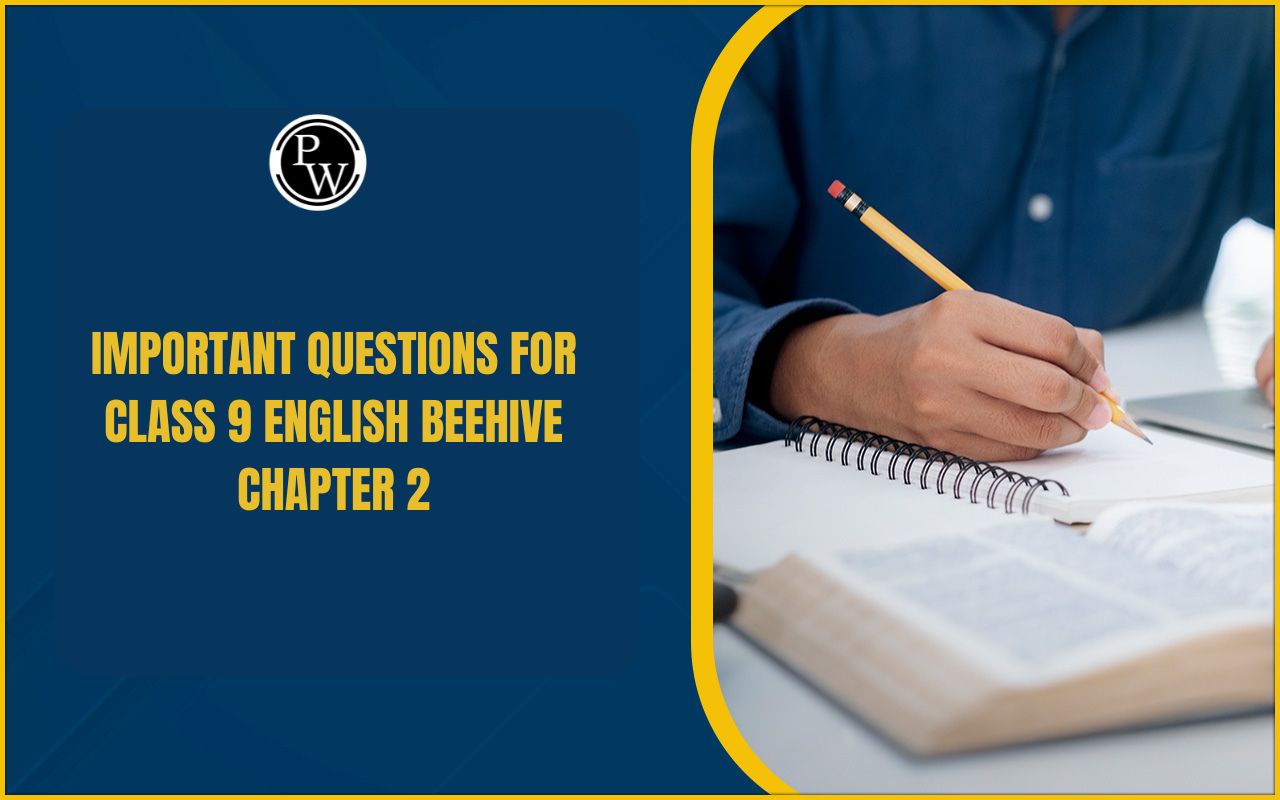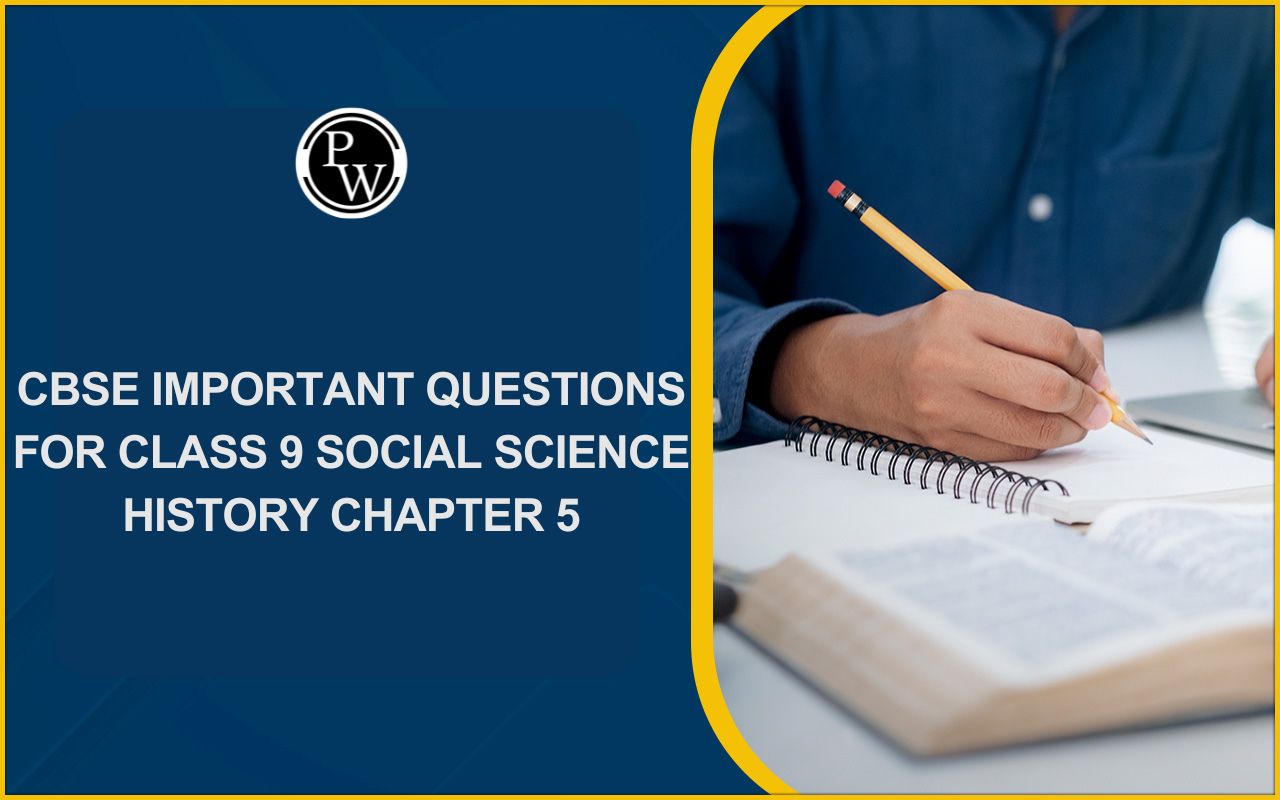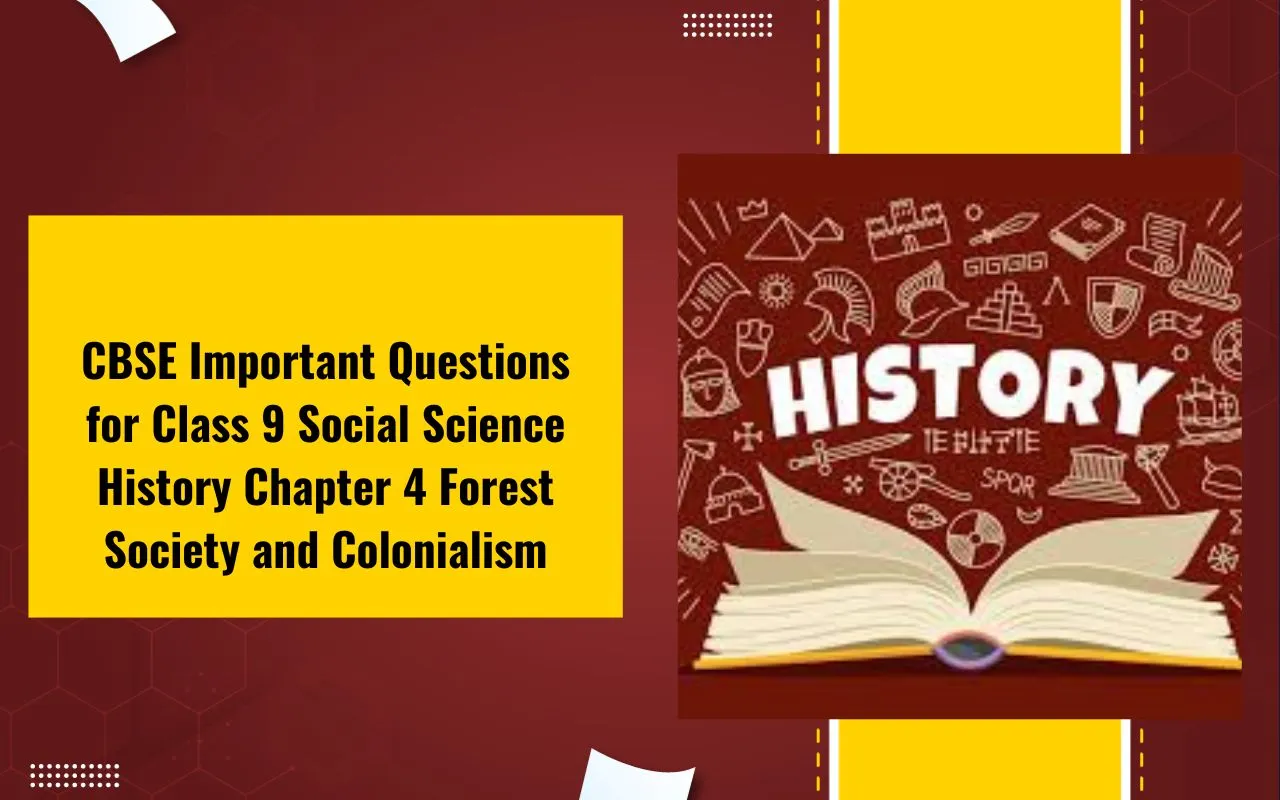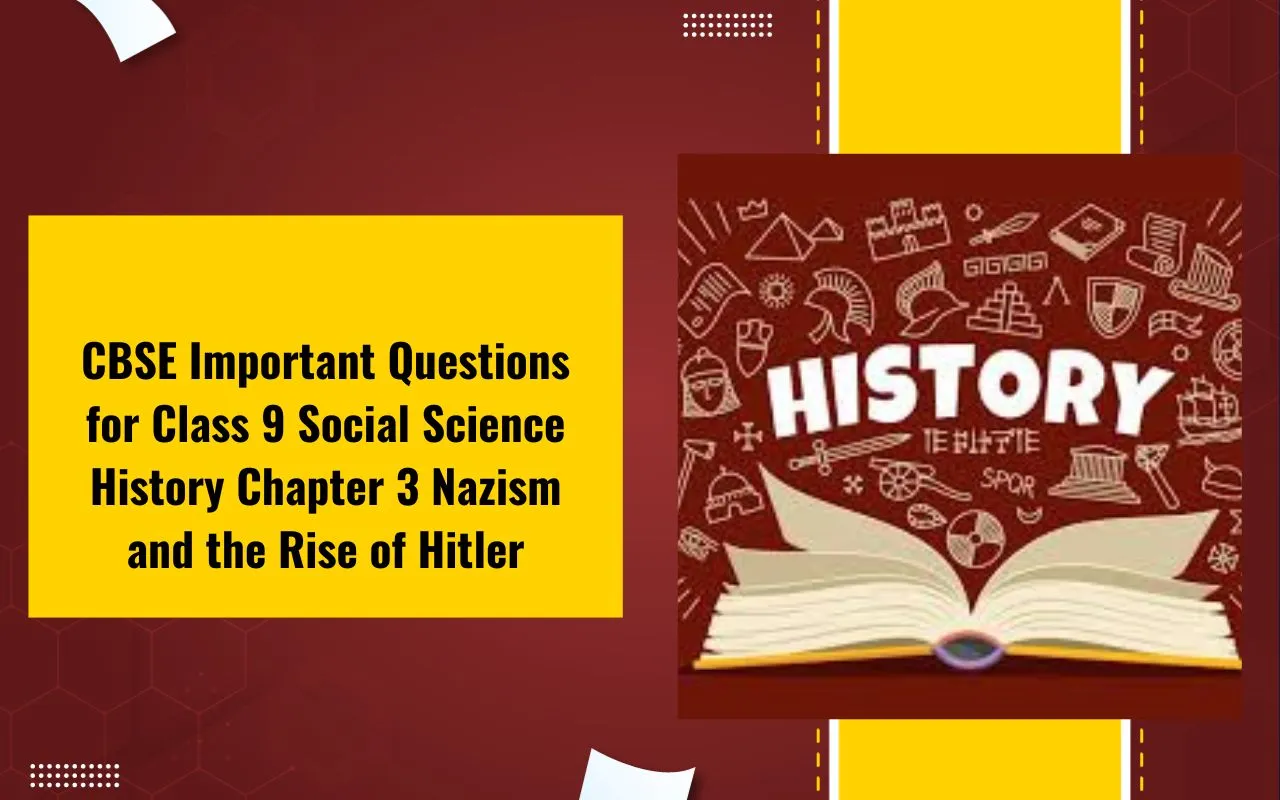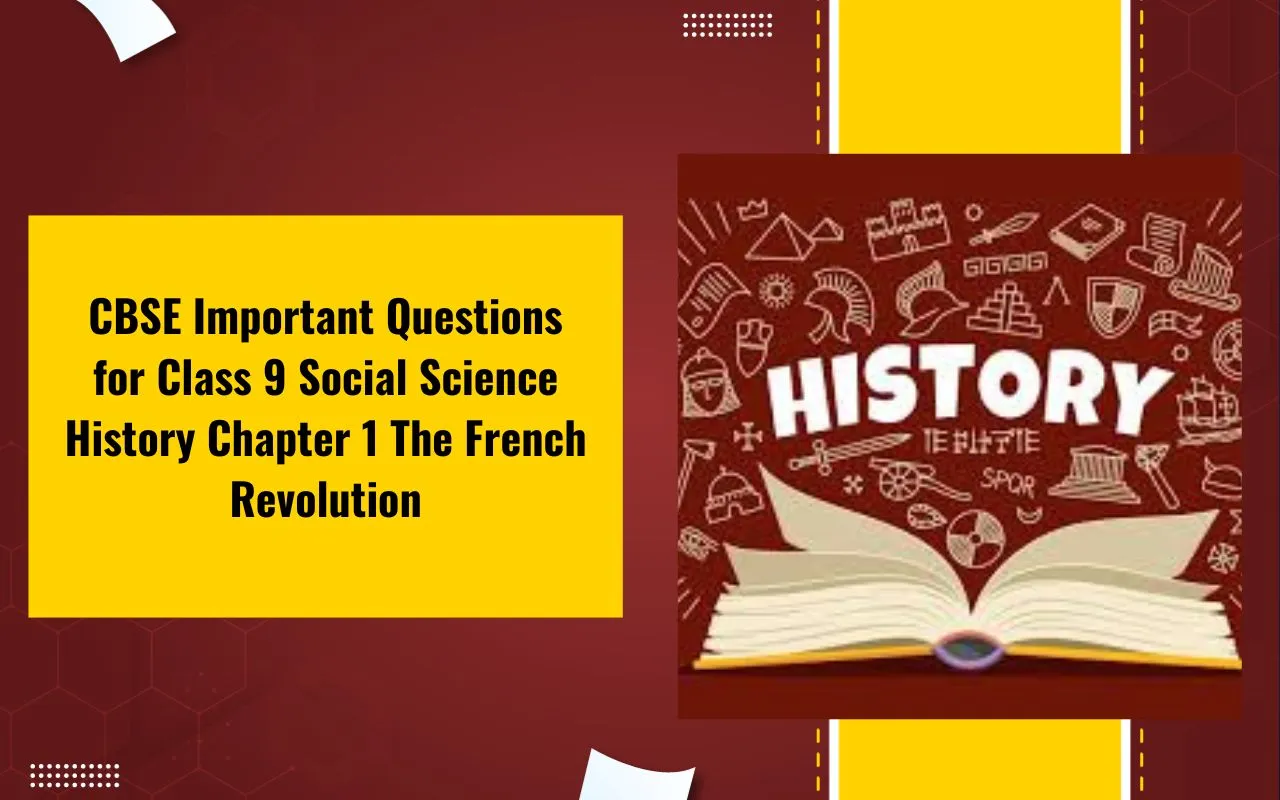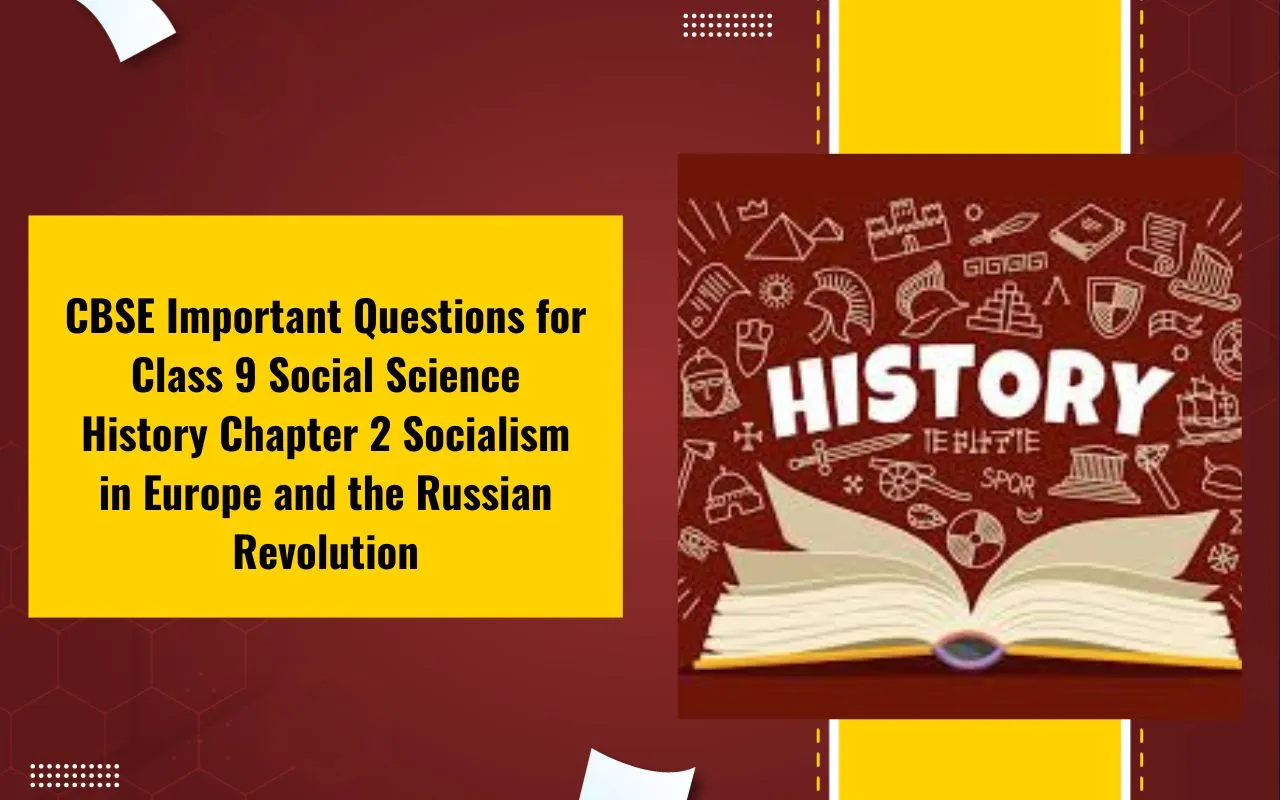
CBSE Class 9 Economics Notes Chapter 3: One of the most difficult issues facing an independent India is poverty. In Class 9 Economics, Chapter 3, the issue of poverty is covered with instances and how the social sciences interpret it. The idea of the poverty line serves as an illustration of global and Indian patterns in poverty.
The government's initiatives to combat poverty as well as its causes are covered. The official definition of poverty is expanded to include human poverty as the chapter comes to a close. All of the concepts covered in this chapter are included in the notes that we have included below. We consulted subject area experts when developing the CBSE Class 9 Economics notes, Chapter 3 Poverty as a Challenge. With the help of these notes, students will be able to fully comprehend each topic, which will facilitate test preparation. It is thought to be the finest study guide for rapidly revising the entire chapter.CBSE Class 9 Economics Notes Chapter 3 Overview
CBSE Class 9 Economics Chapter 3, "Poverty as a Challenge," delves into the multifaceted issue of poverty, offering a comprehensive examination of its causes, effects, and potential solutions. The chapter begins by defining poverty and exploring various methods used to measure it, such as income-based poverty lines and multidimensional indices that consider factors beyond income alone.CBSE Class 9 Economics Notes Chapter 3 PDF
Here we have provided CBSE Class 9 Economics Notes Chapter 3 for the ease of students so that they can just download the pdf and use it easily without the internet. These CBSE Class 9 Economics Notes Chapter 3 will help students understand the chapter better.CBSE Class 9 Economics Notes Chapter 3 PDF
CBSE Class 9 Economics Notes Chapter 3
Here we have provided CBSE Class 9 Economics Notes Chapter 3 for the ease of students so that they can prepare better for their exams. Everywhere we look in our daily lives, we witness poverty. They could be child laborers in dhabas, daily wage workers, people living in crammed jhuggis in cities, or landless laborers in the countryside. Facts state that one in four people in India lives in poverty.Two Typical Cases of Poverty
Poverty is defined as not having access to clean water, sanitary facilities, adequate shelter, food, or stable employment that pays at least a reasonable wage. One of the main issues facing India after independence is poverty. Only when the poorest citizens of India are free from human misery will the country be considered truly independent.Poverty as Seen by Social Scientists
Social scientists use a range of measures to examine poverty. The indicators are typically used to relate consumption and income levels. Today, however, poverty is measured by various social variables such as the degree of illiteracy, the absence of general resistance brought on by malnutrition, the lack of access to healthcare, the lack of employment prospects, the lack of access to sanitary facilities, and safe drinking water, etc.Poverty Line
One way to quantify poverty based on levels of consumption or income is to use the poverty line. The definition of poverty varies by location and period. The basic standards for food, clothing, footwear, fuel and light, education and medical needs, etc. are used in India to calculate the poverty line. The prices of these physical quantities in rupees are multiplied. In India, the ideal calorie requirement is used to calculate poverty. In India, it is generally accepted that an individual needs 2400 calories per day in rural areas and 2100 calories per day in urban areas. These computations were used to determine the poverty line for the 2011–12 year, which was set at Rs. 1000 for urban areas and Rs. 816 for rural regions each month. The National Sample Survey Organisation (NSSO) conducts sample surveys to determine the poverty line regularly, usually every five years.Poverty Estimates
The poverty rate in India has significantly decreased, going from almost 45 percent in 1993–1994 to 37.2% in 2004–2005. In 2011–12, the percentage of those living below the poverty line decreased even further, to almost 22%.Vulnerable Groups
Scheduled Castes and Scheduled Tribes are social groups that are susceptible to poverty. Similar to this, the most susceptible economic groupings are urban casual labor households and rural agricultural labor households. A recent study found that all three groups—scheduled castes, rural agricultural laborers, and urban casual labor households—saw a decrease in poverty in the 1990s, except scheduled tribes.Inter-State Disparities
The percentage of the impoverished varies by state in India. The two poorest states, Bihar and Odisha, remained so with respective poverty levels of 33.7 and 32.6 percent. Odisha, Madhya Pradesh, Bihar, and Uttar Pradesh have high rates of urban poverty. Poverty decreased in Kerala, Maharashtra, Andhra Pradesh, Tamil Nadu, Gujarat, and West Bengal. Punjab and Haryana have a history of decreasing poverty through high rates of agricultural expansion. Kerala has prioritized the development of its human resources more. Land reform initiatives in West Bengal have contributed to a decrease in poverty. The improvement in Andhra Pradesh and Tamil Nadu can be attributed to the public distribution of food grains.Global Poverty Scenario
Rapid economic expansion and significant investments in the development of human resources have led to a significant drop in poverty in China and other Southeast Asian nations. Poverty in Sub-Saharan Africa decreased from 51% in 2005 to 41% in 2015. The percentage of people living in poverty in Latin America decreased from 10% in 2005 to 4% in 2015.Causes of Poverty
There are various reasons for widespread poverty in India. 1. During the British colonial era, India's economy developed slowly. Traditional handicrafts were destroyed by new colonial government policies, which also hindered the growth of industries like textiles. The growth rate of per capita income is extremely low when combined with a low rate of growth and population expansion. Numerous job opportunities in the agriculture sector were generated by the Green Revolution and the expansion of irrigation. These, however, were insufficient to accommodate every job candidate. 2. The stark disparities in income have been another aspect of high rates of poverty. The unequal distribution of land and other resources is one of the main causes of this. One of the main causes of poverty in India has been a lack of land resources, yet millions of rural poor people's lives may have been improved by properly implementing policies. 3. Small farmers needed money to buy agricultural inputs like seeds, fertilizer, pesticides, etc. So, they used to borrow money and were unable to repay the loan because of poverty.Anti-Poverty Measures
The current anti-poverty scheme is divided into two parts. 1 Promotion of economic growth 2 Targeted anti-poverty programmes India's economy has grown at one of the quickest rates in the world since the 1980s. Economic expansion and the decrease of poverty are closely related. Several programs have been developed to address poverty either directly or indirectly, including: 1. The National Rural Employment Guarantee Act of Mahatma Gandhi, 2005 To guarantee the security of livelihood in rural areas, sought to give every household 100 days of paid work. To address the causes of soil erosion, deforestation, and drought, it also aimed at sustainable development. Women have been given preference for one-third of the suggested positions. 2. The Prime Minister Rozgar Yojana (PMRY) was initiated in 1993. The program's primary goal is to provide educated unemployed adolescents in rural and small-town regions with chances for self-employment. 3. The Rural Employment Generation Programme (REGP) was introduced in 1995. The program's objective is to provide opportunities for self-employment in small towns and rural areas. 4. Swarnajayanti Gramme Swarozgar Yojana (SGSY) was introduced in 1999. The program's goal is to raise the helped low-income families' standard of living at the poverty line by forming self-help groups and providing a combination of government subsidies and bank credit. 5. The Pradhan Mantri Gramodaya Yojana (PMGY) was introduced in 2000. Additional central funding is provided to states under this scheme for essential services like basic healthcare, basic education, rural housing, rural drinking water, and rural electricity.The Challenges Ahead
Although poverty has decreased in India, it still presents the country with its greatest obstacle. Over the next ten to fifteen years, there should be further progress made in reducing poverty. This can be accomplished through accelerating economic growth, putting more emphasis on free elementary education for all, slowing population growth, and empowering women and other economically disadvantaged groups in society.Benefits of CBSE Class 9 Economics Notes Chapter 3
CBSE Class 9 Economics Notes for Chapter 3 "Poverty as a Challenge" offer several benefits to students studying this important topic:
CBSE Class 9 Economics Notes Chapter 3 FAQs
What are the important points of poverty as a challenge?
Certain social groups like Scheduled Caste, Scheduled Tribe and economic groups like rural agricultural labourers and urban casual labourers are more vulnerable to poverty. There is inequality of income within a family. In poor families all suffer, but some suffer more than others.
Who is poorest of the poor class 9 in economics?
(ii) Women, children (especially the girl child) and elder people in a poor family are regarded as the poorest of the poor because they are systematically denied equal access to resources available to the family.
What are the causes of poverty as a challenge Class 9 notes?
There are various causes of poverty, such as exploitation of the Indian population under British rule, huge income disparity and unequal distribution of resources, improper implementation of government policies, farmers taking loans which they are unable to repay, and so on.
🔥 Trending Blogs
Talk to a counsellorHave doubts? Our support team will be happy to assist you!

Free Learning Resources
PW Books
Notes (Class 10-12)
PW Study Materials
Notes (Class 6-9)
Ncert Solutions
Govt Exams
Class 6th to 12th Online Courses
Govt Job Exams Courses
UPSC Coaching
Defence Exam Coaching
Gate Exam Coaching
Other Exams
Know about Physics Wallah
Physics Wallah is an Indian edtech platform that provides accessible & comprehensive learning experiences to students from Class 6th to postgraduate level. We also provide extensive NCERT solutions, sample paper, NEET, JEE Mains, BITSAT previous year papers & more such resources to students. Physics Wallah also caters to over 3.5 million registered students and over 78 lakh+ Youtube subscribers with 4.8 rating on its app.
We Stand Out because
We provide students with intensive courses with India’s qualified & experienced faculties & mentors. PW strives to make the learning experience comprehensive and accessible for students of all sections of society. We believe in empowering every single student who couldn't dream of a good career in engineering and medical field earlier.
Our Key Focus Areas
Physics Wallah's main focus is to make the learning experience as economical as possible for all students. With our affordable courses like Lakshya, Udaan and Arjuna and many others, we have been able to provide a platform for lakhs of aspirants. From providing Chemistry, Maths, Physics formula to giving e-books of eminent authors like RD Sharma, RS Aggarwal and Lakhmir Singh, PW focuses on every single student's need for preparation.
What Makes Us Different
Physics Wallah strives to develop a comprehensive pedagogical structure for students, where they get a state-of-the-art learning experience with study material and resources. Apart from catering students preparing for JEE Mains and NEET, PW also provides study material for each state board like Uttar Pradesh, Bihar, and others
Copyright © 2025 Physicswallah Limited All rights reserved.
Get App

